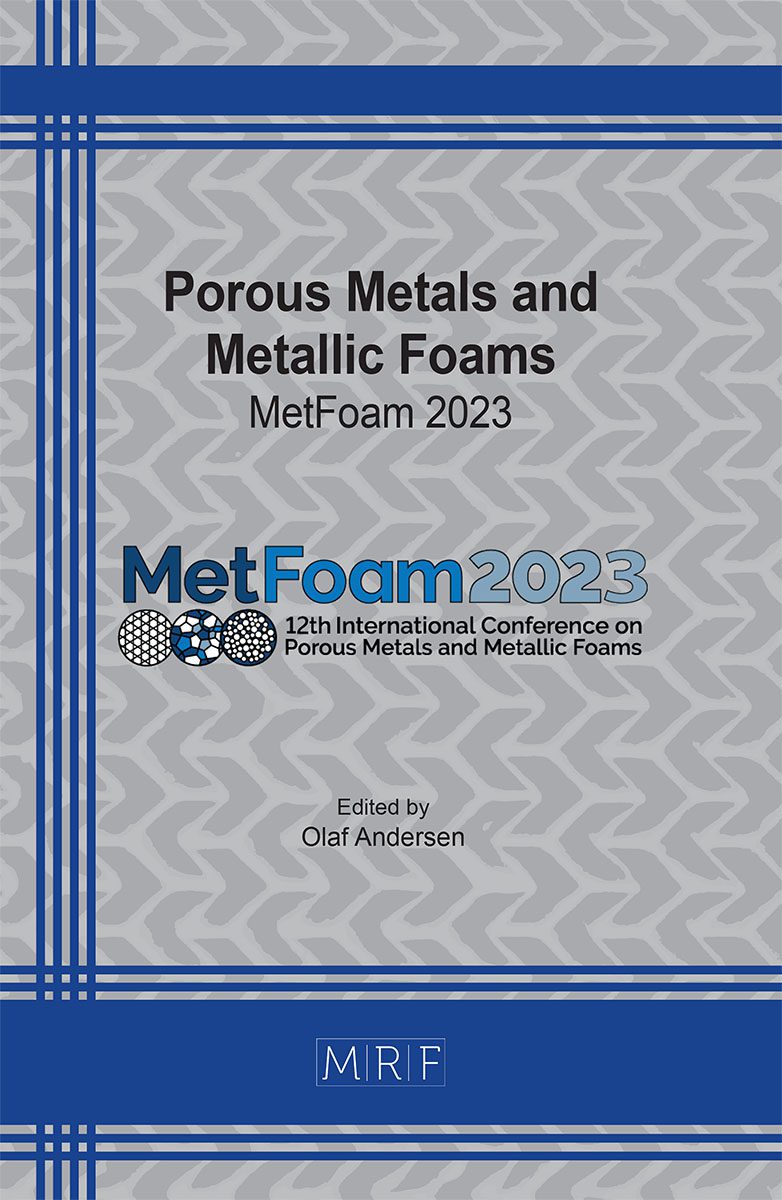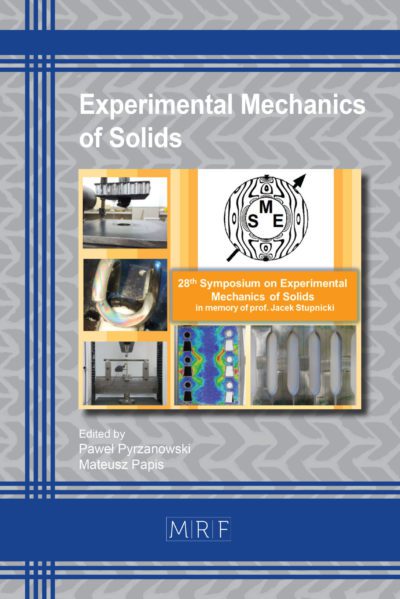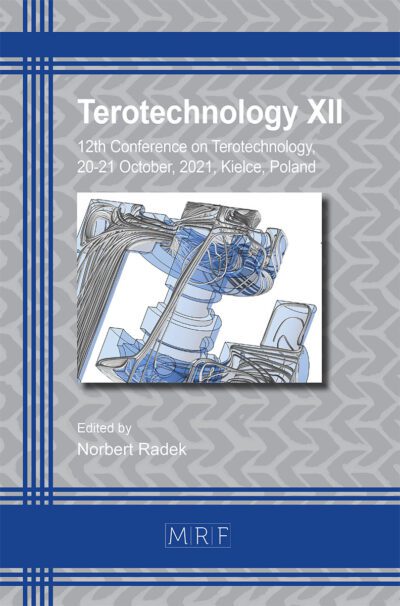Characterization of 316L Stainless Steel Composite Metal Foam Joined by Solid-State Welding Technique
John M. Cance, Afsaneh Rabiei
download PDFAbstract. In previous studies, composite metal foams (CMF) have shown exemplary mechanical performance under impact which has made them prime candidates for protection of transported passengers and cargo. [1] Materials utilized in such applications often require joining to form structures and geometries that are far more complex or impossible to produce in an as-manufactured state. Welding methods are popular in the joining of metals with solid-state welding processes such as induction welding being of particular interest in the studies to be discussed. In this study, various thicknesses of 316L stainless steel CMF are manufactured through powder metallurgy technique and welded using Induction Welding. The mechanical properties of the weldments were studied through uniaxial tensile tests while microstructural characterization of the weldment within the joint interface and heat-affected zone (HAZ) are evaluated using scanning electron microscopy. The combination of these evaluations grant insight on the effects of various weld parameters (e.g., welding temperature, workpiece thickness, flux, and welding environment) as well as the suitability and restrictions of induction welding in the joining of 316L Stainless Steel CMF.
Keywords
Composite Metal Foam, Solid-State Welding, Microstructure, Mechanical Properties
Published online 2/25/2024, 8 pages
Copyright © 2024 by the author(s)
Published under license by Materials Research Forum LLC., Millersville PA, USA
Citation: John M. Cance, Afsaneh Rabiei, Characterization of 316L Stainless Steel Composite Metal Foam Joined by Solid-State Welding Technique, Materials Research Proceedings, Vol. 39, pp 9-16, 2024
DOI: https://doi.org/10.21741/9781644903094-2
The article was published as article 2 of the book Porous Metals and Metallic Foams
![]() Content from this work may be used under the terms of the Creative Commons Attribution 3.0 license. Any further distribution of this work must maintain attribution to the author(s) and the title of the work, journal citation and DOI.
Content from this work may be used under the terms of the Creative Commons Attribution 3.0 license. Any further distribution of this work must maintain attribution to the author(s) and the title of the work, journal citation and DOI.
References
[1] J. Marx, A. Rabiei, Overview of Composite Metal Foams and Their Properties and Performance, Advanced Engineering Materials. 19 (2017) 1-13. https://doi.org/10.1002/adem.201600776
[2] Found on https://www.aar.org/wp-content/uploads/2021/02/AAR-Freight-Rail-Climate-Change-Fact-Sheet.pdf
[3] Found on https://tankcarresourcecenter.com/tankcar101/#1499693534177-d720d234-3972
[4] Found on https://www.tsb.gc.ca/eng/rapports-reports/rail/2013/r13d0054/r13d0054-r-es.html
[5] F. Garcìa-Moreno, Commercial Applications of Metal Foams: Their Properties and Production, Materials. 85 (2016) 1-27. https://doi.org/10.3390/ma9020085
[6] H.-P. Degischer, B. Kriszt, Handbook of Cellular Metals, WILEY-VCH Verlag GmbH, Weinheim, 2002. ISBN 3-527-60055-8
[7] B.P. Neville, A. Rabiei, Composite metal foams processed through powder metallurgy, Materials and Design 29 (2008) 388-396. https://doi.org/10.1016/j.matdes.2007.01.026
[8] T.J. Ahmed, D. Stavrov, H.E.N. Bersee, A. Beukers, Induction welding of thermoplastic composites – an overview, Composites: Part A. 37 (2006) 1638–1651. https://doi.org/10.1016/j.compositesa.2005.10.009
[9] P. Samal, J. Newkirk, Sintering of Stainless Steels, in: ASM Handbook Volume 7: Powder Metallurgy, AMS International, 2015, pp. 434-439. https://doi.org/10.31399/asm.hb.v07.9781627081757














